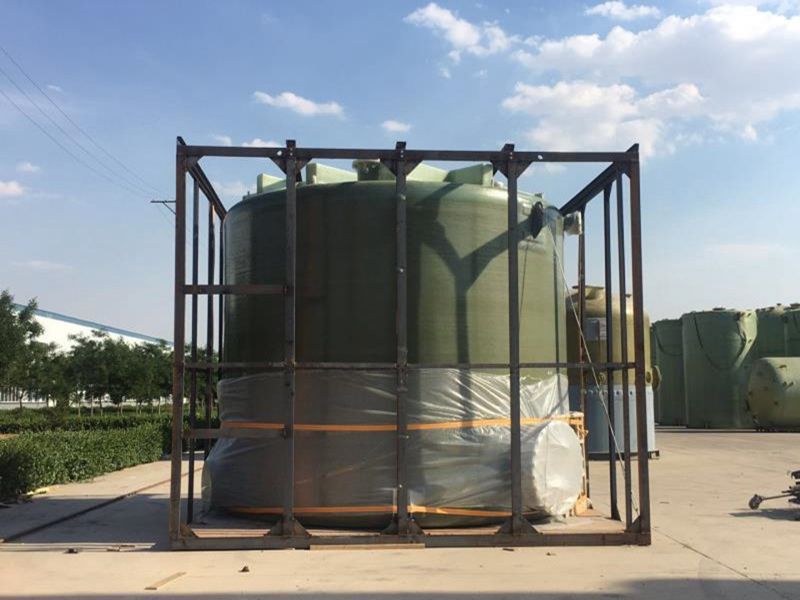
-
 Afrikaans
Afrikaans -
 Albanian
Albanian -
 Amharic
Amharic -
 Arabic
Arabic -
 Armenian
Armenian -
 Azerbaijani
Azerbaijani -
 Basque
Basque -
 Belarusian
Belarusian -
 Bengali
Bengali -
 Bosnian
Bosnian -
 Bulgarian
Bulgarian -
 Catalan
Catalan -
 Cebuano
Cebuano -
 China
China -
 China (Taiwan)
China (Taiwan) -
 Corsican
Corsican -
 Croatian
Croatian -
 Czech
Czech -
 Danish
Danish -
 Dutch
Dutch -
 English
English -
 Esperanto
Esperanto -
 Estonian
Estonian -
 Finnish
Finnish -
 French
French -
 Frisian
Frisian -
 Galician
Galician -
 Georgian
Georgian -
 German
German -
 Greek
Greek -
 Gujarati
Gujarati -
 Haitian Creole
Haitian Creole -
 hausa
hausa -
 hawaiian
hawaiian -
 Hebrew
Hebrew -
 Hindi
Hindi -
 Miao
Miao -
 Hungarian
Hungarian -
 Icelandic
Icelandic -
 igbo
igbo -
 Indonesian
Indonesian -
 irish
irish -
 Italian
Italian -
 Japanese
Japanese -
 Javanese
Javanese -
 Kannada
Kannada -
 kazakh
kazakh -
 Khmer
Khmer -
 Rwandese
Rwandese -
 Korean
Korean -
 Kurdish
Kurdish -
 Kyrgyz
Kyrgyz -
 Lao
Lao -
 Latin
Latin -
 Latvian
Latvian -
 Lithuanian
Lithuanian -
 Luxembourgish
Luxembourgish -
 Macedonian
Macedonian -
 Malgashi
Malgashi -
 Malay
Malay -
 Malayalam
Malayalam -
 Maltese
Maltese -
 Maori
Maori -
 Marathi
Marathi -
 Mongolian
Mongolian -
 Myanmar
Myanmar -
 Nepali
Nepali -
 Norwegian
Norwegian -
 Norwegian
Norwegian -
 Occitan
Occitan -
 Pashto
Pashto -
 Persian
Persian -
 Polish
Polish -
 Portuguese
Portuguese -
 Punjabi
Punjabi -
 Romanian
Romanian -
 Russian
Russian -
 Samoan
Samoan -
 Scottish Gaelic
Scottish Gaelic -
 Serbian
Serbian -
 Sesotho
Sesotho -
 Shona
Shona -
 Sindhi
Sindhi -
 Sinhala
Sinhala -
 Slovak
Slovak -
 Slovenian
Slovenian -
 Somali
Somali -
 Spanish
Spanish -
 Sundanese
Sundanese -
 Swahili
Swahili -
 Swedish
Swedish -
 Tagalog
Tagalog -
 Tajik
Tajik -
 Tamil
Tamil -
 Tatar
Tatar -
 Telugu
Telugu -
 Thai
Thai -
 Turkish
Turkish -
 Turkmen
Turkmen -
 Ukrainian
Ukrainian -
 Urdu
Urdu -
 Uighur
Uighur -
 Uzbek
Uzbek -
 Vietnamese
Vietnamese -
 Welsh
Welsh -
 Bantu
Bantu -
 Yiddish
Yiddish -
 Yoruba
Yoruba -
 Zulu
Zulu
Exploring the Benefits and Applications of Fiberglass Ducts in Modern HVAC Systems
The Advantages and Applications of Fiberglass Ducts
Fiberglass ducts have gained popularity in various industries due to their unique properties and resilience. As energy efficiency and environmental concerns become more crucial in modern construction and manufacturing, fiberglass ducts present a promising solution. This article delves into the benefits, applications, and advantages of using fiberglass ducts over traditional materials.
What are Fiberglass Ducts?
Fiberglass ducts are constructed from reinforced plastic, primarily composed of glass fibers and resins. This combination provides an exceptional strength-to-weight ratio, making the ducts lightweight yet durable. They can be customized to fit unique specifications, allowing for versatility in design. Their non-corrosive nature ensures a longer lifespan compared to metal ducts, which can deteriorate over time due to oxidation and moisture exposure.
Key Advantages
1. Corrosion Resistance One of the standout features of fiberglass ducts is their resistance to corrosion. Unlike metal ducts that are susceptible to rust and other forms of degradation, fiberglass can withstand harsh chemical environments, making them ideal for industries such as pharmaceuticals, petrochemicals, and food processing.
2. Thermal Insulation Fiberglass ducts exhibit excellent thermal insulation properties. They minimize heat loss and improve energy efficiency by reducing the need for excessive heating or cooling. This can lead to significant savings in energy costs over time, contributing to more sustainable building practices.
3. Lightweight and Easy Installation The lightweight nature of fiberglass ducts simplifies the installation process. They are easier to handle and require less structural support compared to metal ducts, which can reduce labor costs and installation time. Moreover, the flexibility of fiberglass allows for smooth turns and transitions, facilitating better airflow.
4. Reduced Noise Levels The sound-dampening capabilities of fiberglass make it an excellent choice for ductwork in environments where noise reduction is essential, such as office buildings, schools, and hospitals. This helps create a more comfortable atmosphere for occupants.
fiberglass duct

5. Low Maintenance Needs Fiberglass ducts require minimal maintenance due to their durability and resistance to dirt and grime buildup. A simple cleaning schedule is usually sufficient to keep them in optimal condition, further enhancing their cost-effectiveness.
Applications of Fiberglass Ducts
Fiberglass ducts are widely used in various applications, including
- HVAC Systems In heating, ventilation, and air conditioning (HVAC) systems, fiberglass ducts efficiently transport air while minimizing energy losses. They are particularly advantageous in buildings with stringent energy codes.
- Industrial Ventilation Industries that produce harmful fumes, dust, or vapors benefit from fiberglass duct systems. Their chemical resistance enables effective ventilation without the risk of corrosion.
- Laboratories Research and development laboratories often require specialized duct systems to convey clean air or hazardous substances. Fiberglass ducts ensure contamination-free environments by maintaining structural integrity under varying conditions.
- Food and Beverage Sector In the food processing sector, hygiene and safety are paramount. Fiberglass ducts are non-porous and ensure compliance with health regulations, making them suitable for this industry.
Conclusion
The numerous benefits of fiberglass ducts make them an attractive option for a variety of industries. Their resistance to corrosion, lightweight construction, thermal insulation properties, and low maintenance requirements position them as a superior alternative to traditional duct materials. As industries continue to prioritize sustainability and efficiency, fiberglass ducts will likely play an integral role in the development of future systems. By choosing fiberglass over conventional options, businesses not only enhance their operational efficiency but also contribute to a more sustainable environment.
Latest news
-
High-Performance FRP Scrubber – Advanced Fiberglass Scrubber for Effective Cleaning & Stain RemovalNewsJul.04,2025
-
Fiberglass 90 Degree Elbow for Custom Tanks & High Pressure Pipes Durable and Corrosion ResistantNewsJun.24,2025
-
Exploring the Benefits of Top Hammer Drifter Rods for Enhanced Drilling PerformanceNewsJun.10,2025
-
High-Precision Fiberglass Winding Machine for GRP/FRP Pipe Production – Reliable & Efficient SolutionsNewsJun.10,2025
-
FRP Pipes & Fittings for Shipbuilding - Corrosion-Resistant & LightweightNewsJun.09,2025
-
Premium FRP Flooring Solutions Durable & Slip-ResistantNewsJun.09,2025









